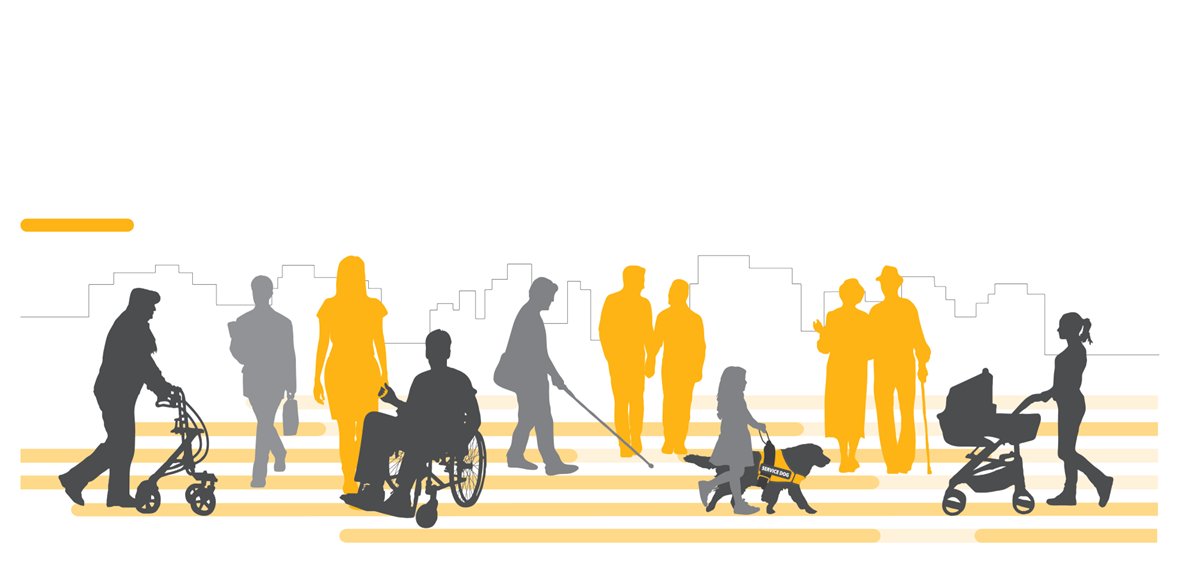
Accessible B.C. Act Standards
On this page:
Overview
Dates: May 31 to July 31, 2024
Who: Accessibility Directorate and the Ministry of Social Development and Poverty Reduction
What: Draft recommendations for accessible service delivery and employment accessibility standards
Where: Province-wide
Why: To help inform how government can remove and prevent barriers that restrict people with disabilities from equally participating in the workforce and accessing services in the community
How: Online questionnaire, virtual townhalls, community-led sessions, written submissions
Engagement summary
The Accessible B.C. Act establishes the legal authority for the Provincial Accessibility Committee (PAC) to develop accessibility standards in a range of areas. A standard is a set of rules or guidelines. Accessibility standards aim to provide guidance about best practices for accessibility, including desired accessibility outcomes.
Since January 2023, the PAC, with support from Technical Committees, has worked on drafting standards recommendations for accessible service delivery and employment accessibility.
Accessible service delivery standards are focused on addressing barriers both in the physical and virtual environment to ensure that events, activities, advice and the process of buying goods are provided in accessible ways.
Employment accessibility standards aim to identify, remove and prevent barriers to people with disabilities in hiring, training and retention.
Ways to participate
There were multiple ways for you to provide input, including:
- An online questionnaire
- Virtual townhalls
- Community-led sessions
- Sector-specific meetings
- Written and video submissions
All feedback will inform the Provincial Accessibility Committee’s final recommendations.






